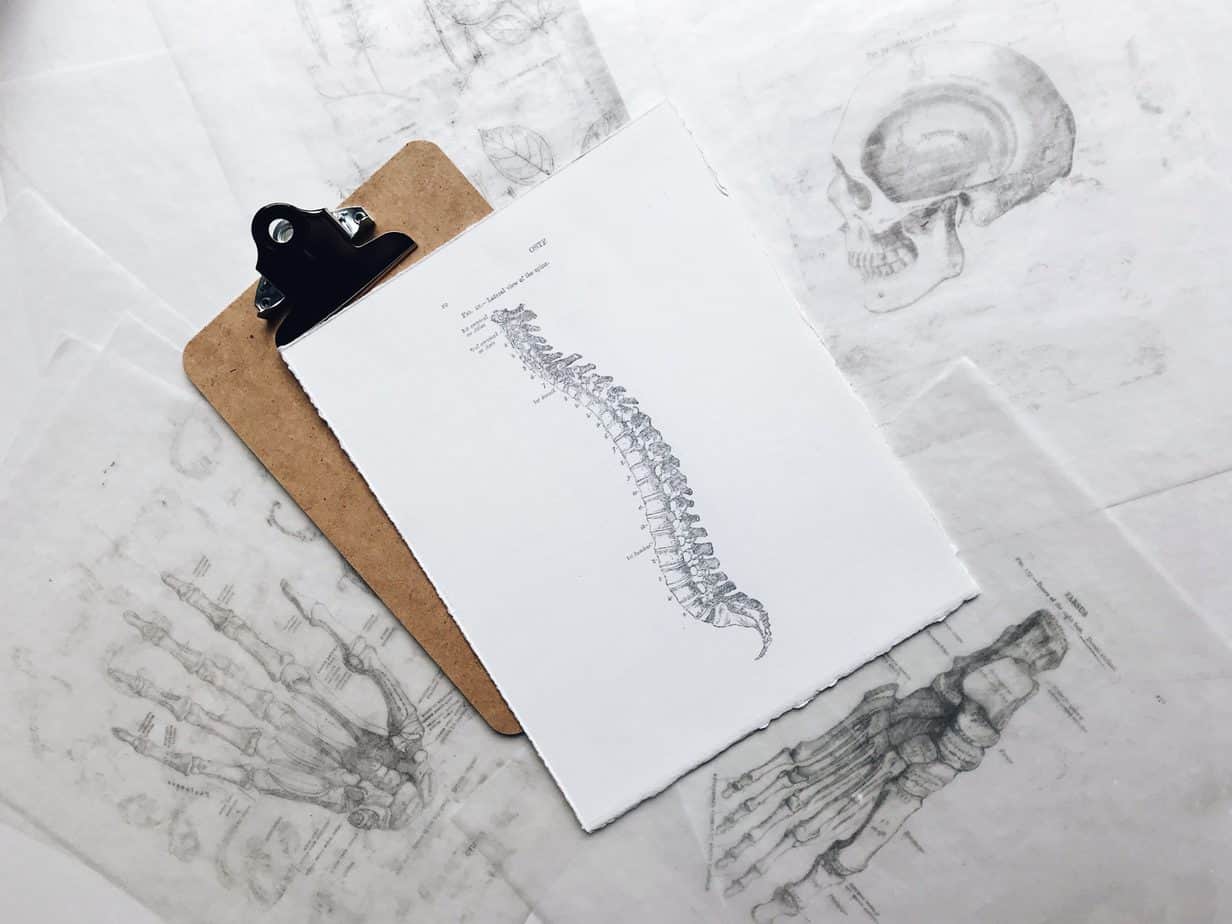Help Guide Your Physical Therapist When Developing a Personalized Action Plan

Healthcare professionals are beginning to change their traditionally one-size-fits-all approach to one that’s more targeted to each patient’s needs. When you go to physical therapy for hip pain, for example, your treatment plan isn’t necessarily going to be identical to the patient with the same diagnosis on the next treatment table. Instead, physical therapists acknowledge that each client has different goals and expectations in recovery and customize the treatment plans accordingly.
But that doesn’t mean that you, as the client, can’t help your physical therapist develop a personalized action plan. In fact, your PT would welcome the help. One of the biggest challenges for physical therapists is not having inside knowledge of the obstacles that clients encounter when they go about their daily activities. How you spend your time in your home, at work and in the community is highly relevant when your PT is designing your treatment plan. You can dramatically improve the effectiveness of your stint in rehab by bringing that information with you to the clinic.
You’re likely already following a similar protocol in other areas of your life. Let’s say that you’ve noticed an unsettling new rattle when you drive the family minivan. It’s not enough to drop the vehicle off with your mechanic and simply state that there’s a rattle you’d like addressed. Instead, you’ll have a dialogue about when the rattle first started, what it sounds like and when you hear it. Does it come from the undercarriage or is the sound inside the car? Does it happen when you turn the corner? Or perhaps you only hear it when traveling at speeds over 45 miles an hour. Your mechanic will combine this knowledge with his own skills and training to get to the root of the problem—and then begin to solve the problem.
Just as your mechanic aims to get you and your car back on the road safely, a physical therapist’s main initiative is to ensure that patients have all of the tools they need to return to their active lifestyles. They accomplish this by restoring a patient’s function and mobility and minimizing and eliminating pain. Consistent, two-way communication is central to this approach. By sharing a detailed account of your lifestyle and how your injury is limiting your former activities, you can ensure that you get the most value out of physical therapy.
About The Private Practice Section of the American Physical Therapy Association: Founded in 1956, the Private Practice Section of the American Physical Therapy Association champions the success of physical therapist-owned businesses. Our members are leaders and innovators in the health care system. The American Physical Therapy Association (APTA) represents more than 85,000 physical therapists, physical therapist assistants and students of physical therapy nationwide. For more information, please visit www.ppsapta.org.






